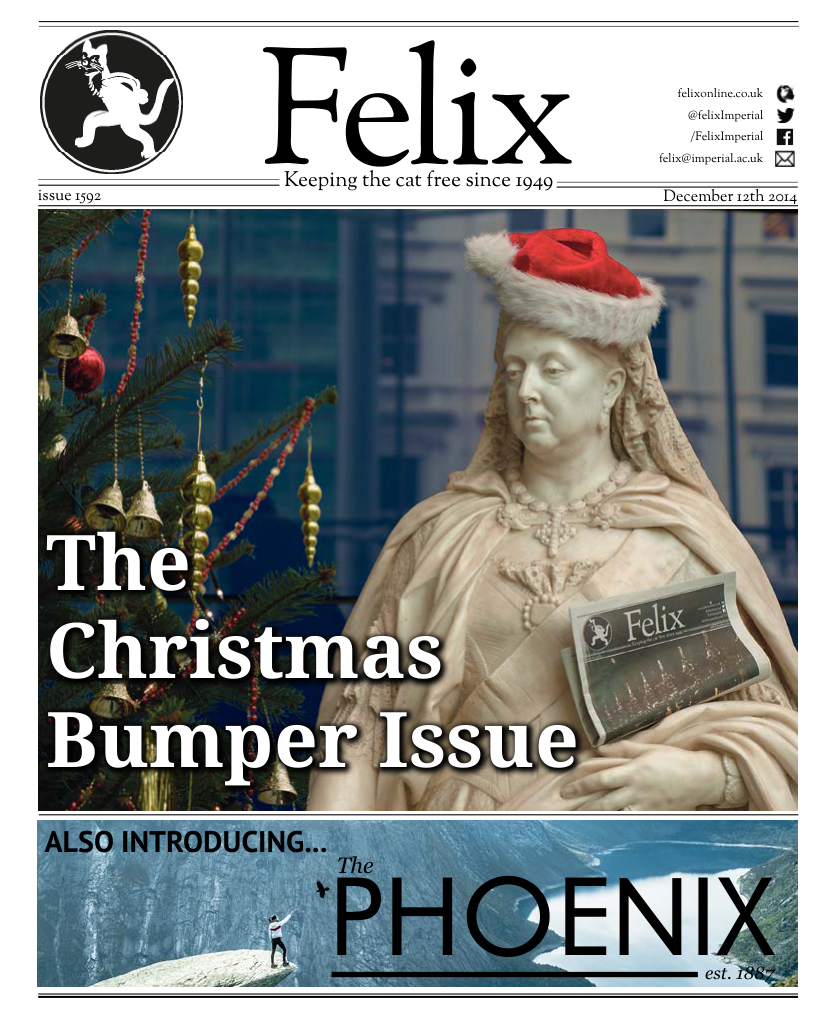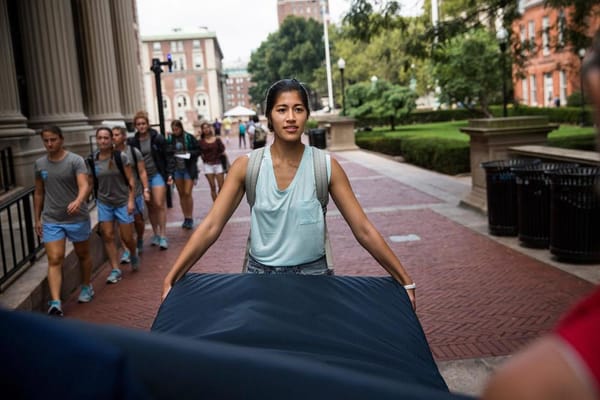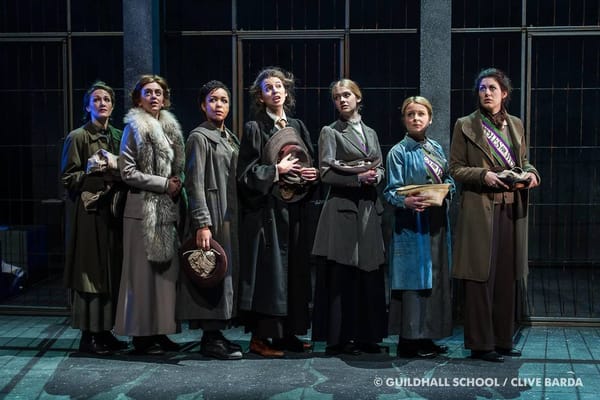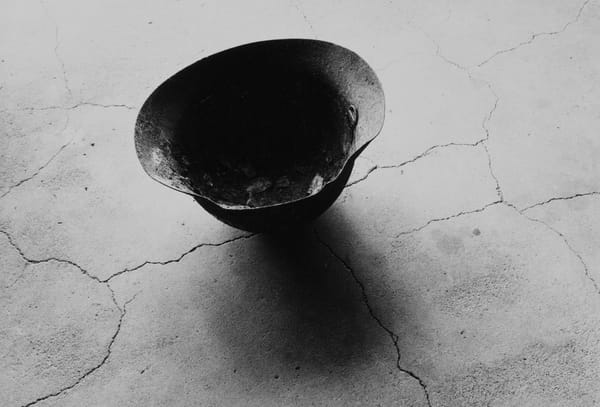Talking About Dancing and Drama in USSR
Interview: Fred Fyles speaks to Bolt curator Alex Chirac
Q: How did you first hear about The Bolt, and what made you want to run an exhibition on it?
A: We were approached by the St. Petersburg State Museum of Theatre and Music with the idea of collaborating on an exhibition. We were of course delighted to work with them on such a project, and Bolt seemed an ideal subject, both because we thought GRAD would provide a great space to display the works, and also because we would be introducing an unusual and relatively unknown topic to a London audience
Q: Were there any particular challenges trying to bring a ballet – a production so kinetic and dynamic – into the exhibition space? Was it difficult to try and convey the expressiveness of the ballet’s movements?
A: Incorporating movement into an exhibition space inevitably has its own challenges. However, the photographs and drawings themselves are dynamic and vibrant, and give a great impression of the energy that the performance as a whole would have had.
Q: One of the major focusses of the exhibition is the work by designer Tatiana Bruni, whose costume designs are delightfully bold. It seems – to me at least – that her work deserves to sit alongside Rodchenko and Popova in Russian art history, and yet she seems to have been largely forgotten. Why do you think this is?
A: They are indeed charming and witty, but 1931 proved to be too late for constructivist-inspired design as Socialist Realism was gaining ground. Bruni was almost a generation younger than Popova or Rodchenko, and was not really part of the same avant garde movement, although she was influenced by their aesthetics, such as the ROSTA window propaganda designs. Perhaps partially because of the ongoing interest in that earlier period from researchers and the public, artists such as Bruni have faded into the background: she was really part of the last gasp of the Russian avant garde.
Q: The ballet premiered at a time when Socialist Realism was starting to become the main artistic style used by the Soviet Union to communicate their ideas. How much room do you think there is in art for politics?
A: Art is almost always political in some way, and in Russia and the Soviet Union art had been used as a political tool for decades before Socialist Realism. You only have to think of Mayakovsky, Rodchenko and others from the earlier avant garde, where radical aesthetics so often went hand-in-hand with radical politics. Part of the reason that works of that period still interest us today is precisely because they were political in some way; Bolt, for instance, has a real satirical bite, based on the real-life industrial sabotage trials of the early 1930s.
Q: The story of The Bolt is an interesting one: it was commissioned by the state-supported Moscow Art Theatre, but then banned by the government. To what extent to you think the state supports/hinders the arts, and what role should the government play within the arts?
A: The Soviet context suggests its own particular problems when considering that question, since most art (and certainly major theatre productions) was commissioned by state institutions during that period: there was rarely any room for private enterprise. In addition, Bolt was not directly banned by the government, rather it was very harshly criticized in the press, which in a climate of paranoia made the theatre withdraw the ballet. The influence of ideology was all-pervasive and worked even without direct intervention.










